On Thursday, a significant incident occurred in New York City, as a subway train derailed after colliding with another train at low speed.
This unfortunate event resulted in more than 20 individuals sustaining minor injuries and led to substantial service disruptions across Manhattan during the afternoon rush hour.
The collision took place at approximately 3 p.m. on the Upper West Side, where a 1 train, carrying approximately 300 passengers, and an out-of-service Metropolitan Transportation Authority train, with four workers on board, collided near the 96th Street station.
A derailment, as defined, occurs when at least one wheel of a train leaves the track.
Images shared on social media by city emergency management officials depicted the passenger train partially off the tracks in an area that housed a track-switching mechanism.
Authorities have stated that there were no immediate signs of equipment failure, and investigators are currently examining the possibility of human error being a contributing factor.
This incident has undoubtedly raised concerns and garnered attention due to its impact on public safety and transportation services in one of the most populous and bustling cities in the world.
The repercussions of such an event extend beyond the immediate injuries and disruptions, as they prompt critical discussions about infrastructure maintenance, safety protocols, and the overall reliability of public transportation systems.
The safety and well-being of passengers and workers must always remain paramount in the operation of public transportation services.
As such, it is imperative that thorough investigations be conducted to determine the root causes of the collision and subsequent derailment.
Understanding the factors at play, whether they be related to equipment, human error, or other unforeseen circumstances, is crucial in implementing measures to prevent similar incidents from occurring in the future.
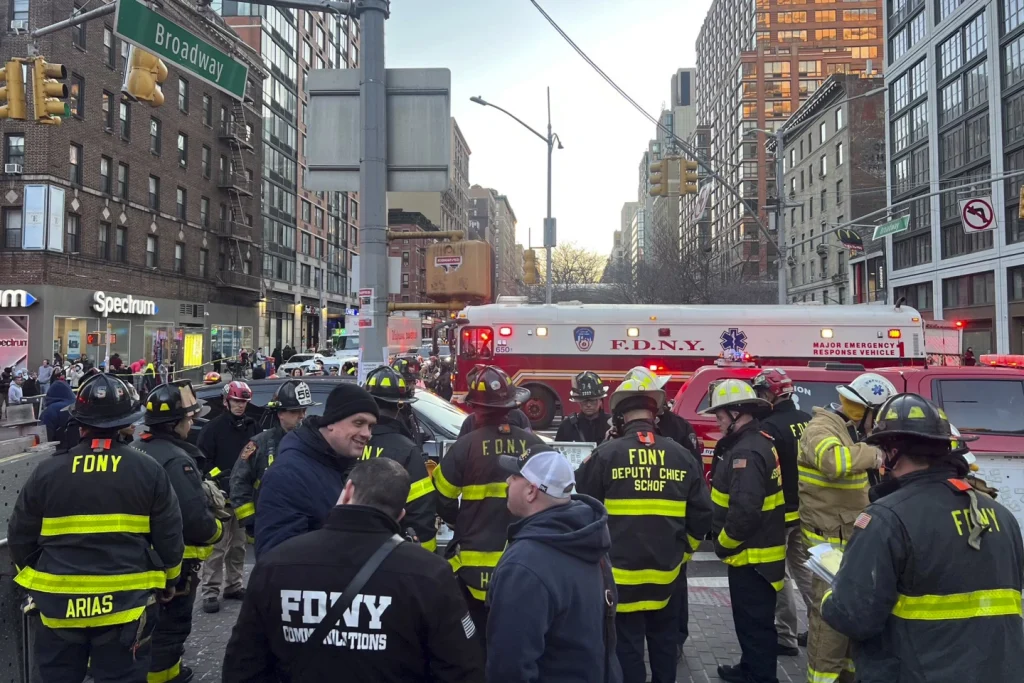
Furthermore, the impact of this derailment on the daily lives of New Yorkers cannot be understated. The disruption of subway services during the rush hour period undoubtedly caused inconvenience and potential distress for countless individuals relying on the subway system to commute within the city.
The ripple effects of such disruptions are felt across various aspects of urban life, from economic productivity to individual well-being.
In response to this incident, it is essential that authorities and transportation agencies communicate transparently with the public about the steps being taken to address the aftermath of the derailment and to prevent similar occurrences in the future.
Open dialogue and accountability are crucial in maintaining public trust and confidence in the safety and reliability of public transportation infrastructure.
As New York City continues to evolve and grow, the maintenance and modernization of its transportation systems will remain a critical priority.
Investing in infrastructure, implementing advanced safety technologies, and prioritizing rigorous training and oversight for transportation personnel are all fundamental components of ensuring the continued safety and efficiency of the city’s public transit networks.
In conclusion, the recent subway train derailment in New York City serves as a sobering reminder of the importance of upholding safety standards and conducting thorough investigations into transportation incidents.
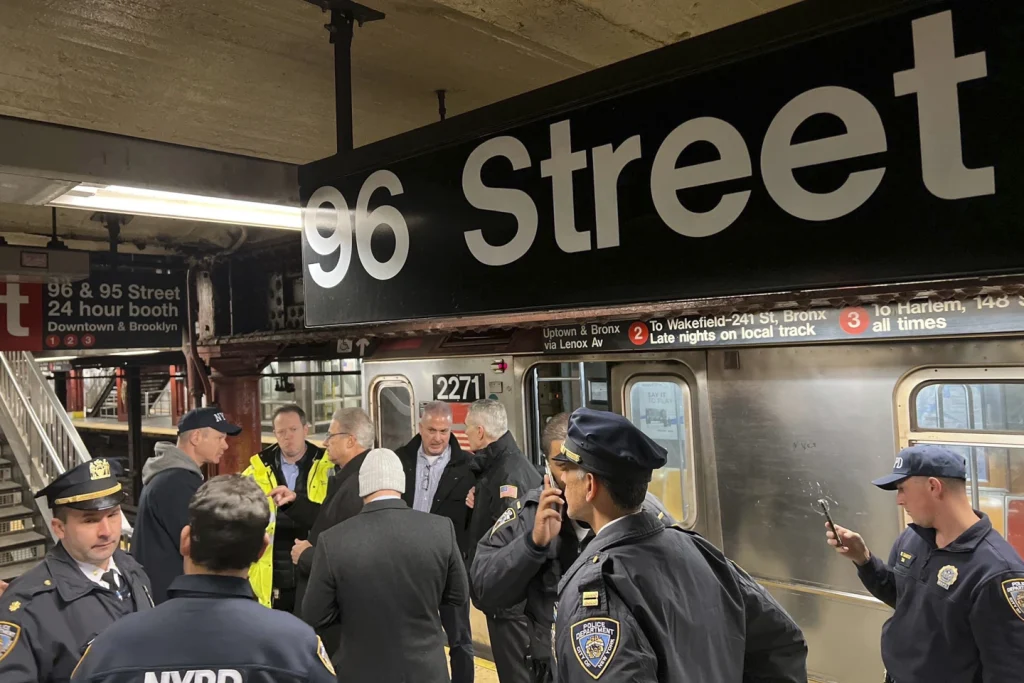
It also underscores the need for ongoing vigilance and investment in the maintenance and improvement of public transportation infrastructure.
By learning from such events and taking proactive measures, we can strive to create a safer and more reliable urban transportation environment for all residents and visitors.
The harrowing experience recounted by Evelyn Aguilar, a 19-year-old commuter on her way home to Brooklyn, is a stark reminder of the potential dangers that can arise during public transportation.
The vivid description of belongings flying across the train and the physical impact she endured, with her head hitting the window and then a pole, paints a distressing picture of the chaotic scene.
Such incidents not only pose a risk to the physical well-being of passengers but also instill a sense of fear and unease, undermining the confidence in the safety and reliability of public transportation systems.
It is imperative for authorities and transportation agencies to prioritize the maintenance and upkeep of trains and other modes of public transit to prevent such alarming occurrences and ensure the safety and security of commuters.
The account provided by Aguilar serves as a poignant reminder of the importance of vigilance and proactive measures in safeguarding the welfare of passengers and maintaining the integrity of public transportation services.
The incident involving the out-of-service train being stuck due to the activation of multiple emergency stop cords is a matter of great concern.
As stated by Richard Davey, the president of New York City transit for the MTA, the situation was caused by the deliberate pulling of the emergency stop cords, resulting in the immobilization of the train.
This reckless act not only inconvenienced the workers who were on board to reset the brake cords but also posed a potential safety hazard.
The deliberate tampering with the emergency stop cords is a serious offense and it is imperative that the authorities thoroughly investigate the matter to identify the individual responsible for this dangerous act.
Such actions not only disrupt the smooth operation of the transit system but also put the safety of passengers and workers at risk.
It is crucial that measures are put in place to prevent such incidents from occurring in the future and that those responsible are held accountable for their actions.
The safety and efficiency of the transit system are of utmost importance and any deliberate interference must be dealt with firmly and swiftly.
The recent incident involving a collision between two trains in the aging New York City subway system has once again brought to light the challenges and vulnerabilities faced by this vital transportation network.
As Davey expressed in a news conference, the fortunate absence of serious injuries does not diminish the gravity of the situation.
The fact that such an event occurred underscores the urgent need to address the issues plaguing the subway system.
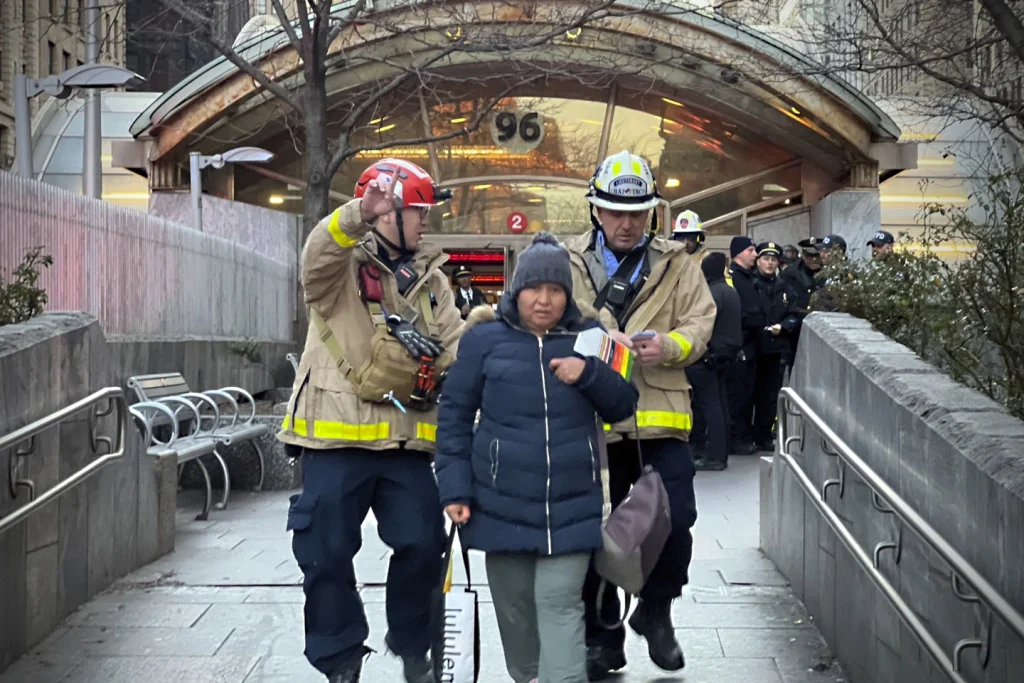
The MTA, responsible for the management of the subway system, has been grappling with a series of operational difficulties in recent years.
Power outages, signal problems, and other breakdowns have become distressingly common occurrences, causing inconvenience and frustration for the millions of New Yorkers who rely on the subway for their daily commutes.
The fiscal crisis that the MTA has been contending with is further exacerbating the challenges it faces. The decline in ridership and revenues due to the impact of the pandemic has strained the agency’s financial resources, making it increasingly difficult to maintain and improve the subway infrastructure.
The collision between the trains resulted in the disruption of service on the 1, 2, and 3 lines in most of Manhattan, creating significant inconvenience for commuters.
The efforts of the MTA crews to clear the tracks and restore service by the following morning were uncertain, highlighting the potential for prolonged disruptions and delays.
The impact of such incidents extends beyond inconvenience, as they can also have significant economic and social repercussions for the city and its residents.
The response to the collision involved a coordinated effort by various emergency services, including firefighters, police, and MTA responders.
Their swift and effective actions helped to ensure the safety and well-being of the passengers involved in the incident.
The fact that only a limited number of individuals required hospitalization is a testament to the professionalism and dedication of these emergency responders.
This incident serves as a stark reminder of the critical importance of investing in the modernization and maintenance of essential infrastructure such as the New York City subway system.
The safety and reliability of this vital transportation network are paramount to the well-being and prosperity of the city and its residents.
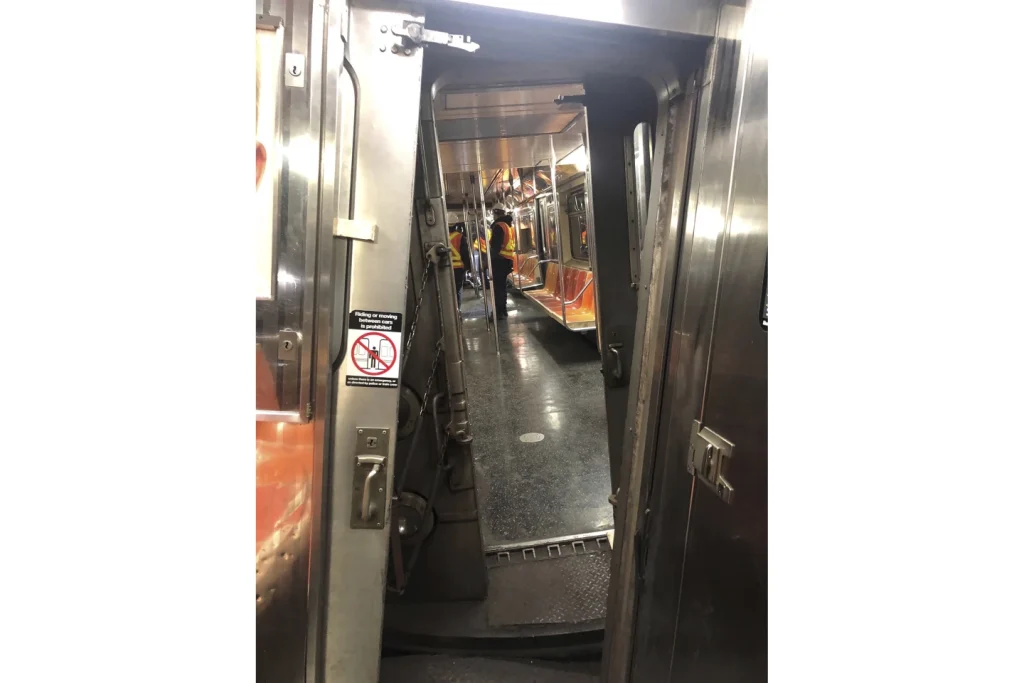
It is imperative that the authorities and stakeholders involved in the management of the subway system prioritize the allocation of resources and the implementation of measures to address its longstanding challenges.
In conclusion, the collision between the two trains in the New York City subway system has brought attention to the pressing need for comprehensive and sustained efforts to address the issues confronting this essential transportation network.
The incident underscores the urgency of investing in the modernization, maintenance, and improvement of the subway infrastructure to ensure the safety, reliability, and efficiency of this vital public service.
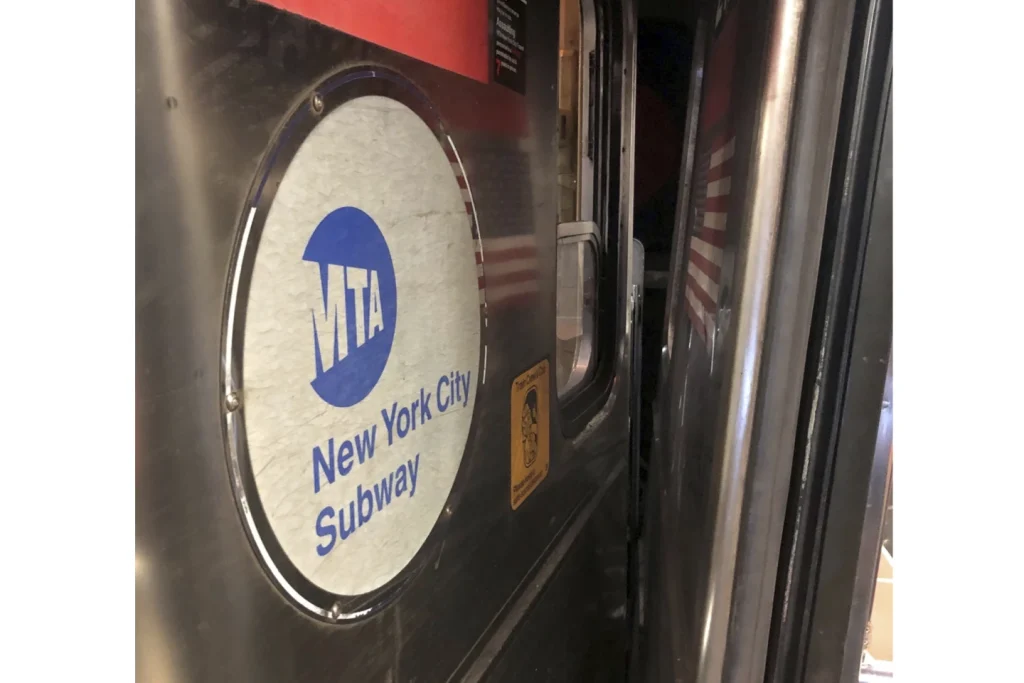
It is imperative that all relevant parties work together to address the systemic challenges and vulnerabilities of the subway system, with the aim of safeguarding the well-being and mobility of the city’s residents.
